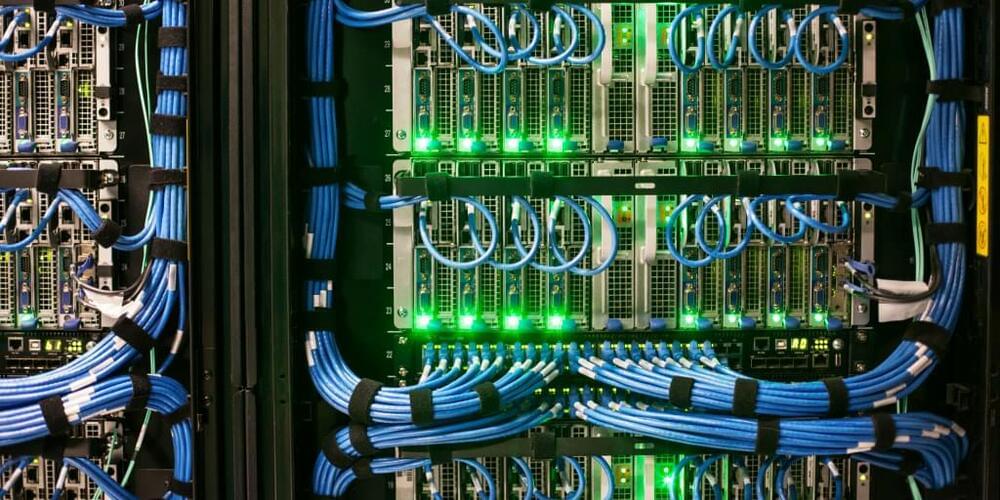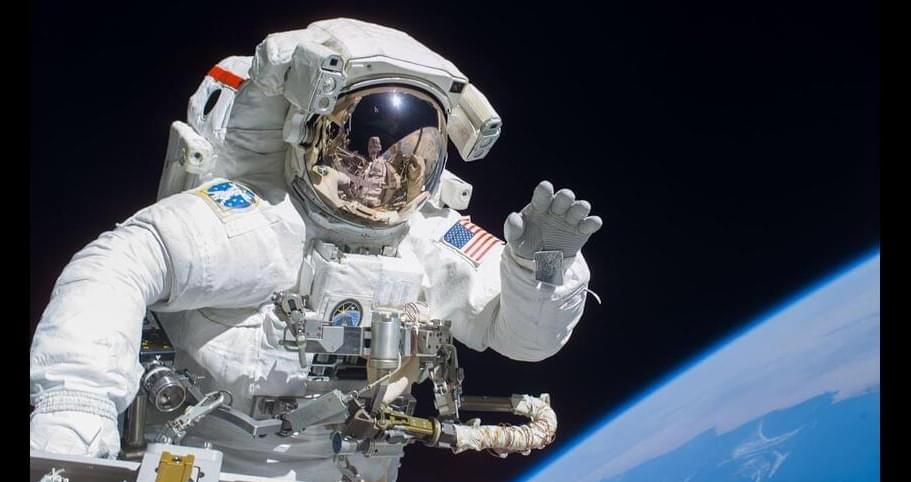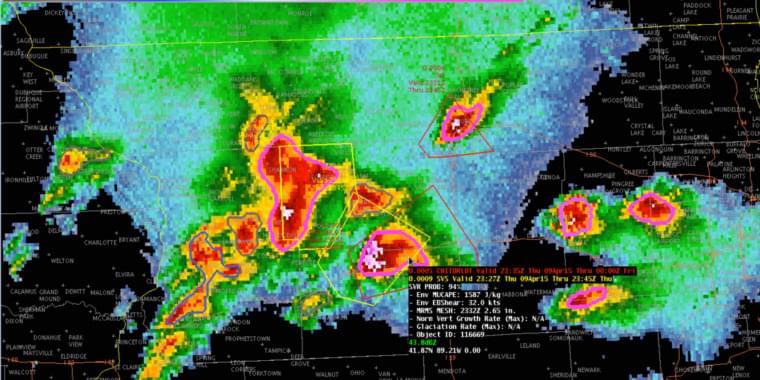Dec 6, 2021
SpaceX Tapped For 3 More Possible Commercial Crew Flights To Space
Posted by Gemechu Taye in categories: computing, space travel
SpaceX’s Crew Dragon is just going to get busier shuttling astronauts in the coming years.
NASA announced it intends to issue a sole-source modification to SpaceX’s long-term contract to send astronauts to the International Space Station. This follows an agency call for proposals back in October for more flight options to send people to space.
Boeing’s Starliner spacecraft, which is the other major system, is not quite yet ready for humans following a difficult uncrewed test flight in 2019 that never saw the spacecraft reach the ISS. Starliner has spent some time fixing computer glitches and other issues (including a valve problem that delayed an expected 2021 launch) and is now expecting a second uncrewed test flight by 2022.
Continue reading “SpaceX Tapped For 3 More Possible Commercial Crew Flights To Space” »


















